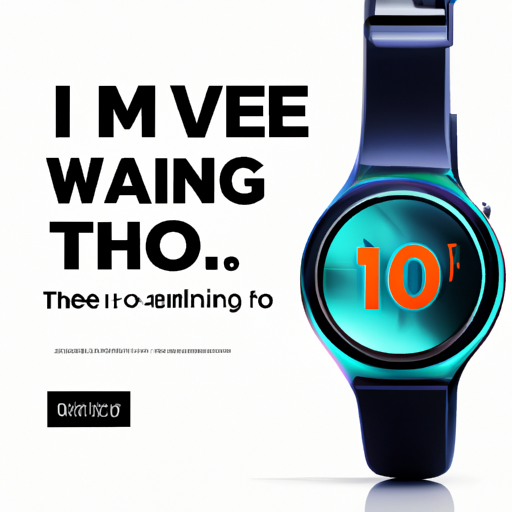2023-09-24 18:31:01
Flashback: The Time SIM Cards and microSD Cards Merged into One
In a previous installment, we explored the historical background of memory cards. The microSD eventually emerged as the dominant format, but it may soon follow the footsteps of MMC and Memory Stick, particularly in the smartphone industry.
These days, finding a phone with a microSD slot has become increasingly rare. Even SIM cards are feeling the pressure as Apple continues to embrace its eSIM-only strategy, which was introduced last year. Although this approach is currently limited to the US due to the global carriers' limited eSIM support, Apple's clear preference is evident - no card slots! It's worth noting that Apple wasn't the first to adopt the eSIM-only approach, but its influence is undoubtedly significant.
The future now seems uncertain for those who appreciate the convenience of using cards. Swapping phones used to be as easy as removing the SIM card (no carrier approval required, unlike with eSIM) and transferring a large MP3 or FLAC collection simply involved inserting the microSD card into the new device.
 Get a Free Speed Boost on Your Internet Connection: The One Surprising Trick Virgin Media Users Need to Try Now
Get a Free Speed Boost on Your Internet Connection: The One Surprising Trick Virgin Media Users Need to Try NowHowever, there was a time when the future looked promising - the merger of SIM and microSD cards to create a stronger solution. Unfortunately, this idea never gained much traction. This concept refers to the SuperSIM format.

SuperSIMs combined SIM and microSD cards into one package
In 2020, SuperSIMs appeared in China, combining the functionalities of both card formats. Physically, they had the same shape as a microSD card, but with additional connectors that aligned perfectly with the pins of a hybrid microSD/SIM tray.
This innovation allowed users with devices featuring hybrid card trays to enjoy the benefits of both extra storage and a second phone line. The prices were affordable as well, with a 32GB SuperSIM priced at CNY 100 (approximately £11), a 64GB card at CNY 200 (~£23), and later, 128GB and 256GB models were introduced.
 Is your Wi-Fi speed being murdered? The common mistake all BT broadband users must check today
Is your Wi-Fi speed being murdered? The common mistake all BT broadband users must check todaySuperSIM cards offered sequential transfer speeds of 90MB/s for reads and 60MB/s for writes. Though not as fast as some of the top microSD cards available in 2020, they still provided decent performance. Naturally, as the standard became established, it would have been possible to increase storage capacity and speed over time.

Making a "SuperSIM" card at home
Besides expanding storage, these cards also served as backups and facilitated seamless transfers to new phones. Carriers supporting the format released apps that could store address books, photos, apps, and other data on the SuperSIM, ready to be restored to a new phone, without relying on the cloud.
Interestingly, there was no digital connection between the SIM and microSD portions of the card. This 2-in-1 solution became an official product introduced by carriers, but enterprising individuals had already created their own "SuperSIM" cards before that.
 A Disturbing Bug in a Popular Android App Has Led Google to Take Drastic Action: Check Your Phone Now!
A Disturbing Bug in a Popular Android App Has Led Google to Take Drastic Action: Check Your Phone Now!


Making a "SuperSIM" card at home
Despite its potential, the SuperSIM format failed to gain widespread adoption. If you search for "Super SIM" today, you'll find many regular SIM cards claiming to be "super" due to their extended roaming coverage.
Additionally, there's the alternative approach taken by Huawei with its NM ("nano memory") card format - memory cards shaped like nanoSIMs. Huawei introduced these cards with the Mate 20 series after convincing Toshiba to support the format. They even sought the blessing of the SD Alliance to establish it as a global standard.

Huawei and Toshiba's NM card
 Phones LTD Offers Samsung S23 Ultra EE Deals with Complimentary Galaxy Watch5
Phones LTD Offers Samsung S23 Ultra EE Deals with Complimentary Galaxy Watch5The original NM cards offered a maximum capacity of 256GB, and this limit hasn't changed even after 5 years. The latest Mate 60 phones still support NM cards, but apart from Honor (before the split), no other manufacturers have adopted this format. Benchmark tests revealed that NM cards provided performance comparable to microSD cards.
In 2020, Lexar introduced 64GB, 128GB, and 256GB NM cards, priced at CNY 200, CNY 300, and CNY 600, respectively. However, they were more expensive than SuperSIMs. Since then, more manufacturers have begun producing NM cards, but none exceeding 256GB are available.

Lexar's NM cards
It's worth noting that NM cards are standalone memory cards, unlike SuperSIMs. Therefore, phones equipped with dual-card trays still require users to choose between more memory or a second phone line. However, the lack of widespread adoption of NM cards is likely not due to this limitation.
 Discover the Samsung S23 Ultra EE Deals with Phones LTD: Don't Miss the Chance to Receive a Complimentary Galaxy Watch5!
Discover the Samsung S23 Ultra EE Deals with Phones LTD: Don't Miss the Chance to Receive a Complimentary Galaxy Watch5!microSD cards remain popular due to their affordability and availability. Many manufacturers charge an additional £100 for upgrading from 128GB to 256GB of storage, despite the fact that one can purchase a 2TB NVMe SSD for the same price. As such, 128GB of flash memory doesn't cost a significant amount.
So, what are your thoughts on SuperSIMs? Would you consider them brilliant or a foolish idea? How about NM cards?
Thank you for reading! Visit our website for more interesting news articles that might catch your attention.
If you would like to know other articles similar to SIM cards and microSD cards merge: a look back updated this year 2024 you can visit the category Breaking Tech News.

Leave a Reply